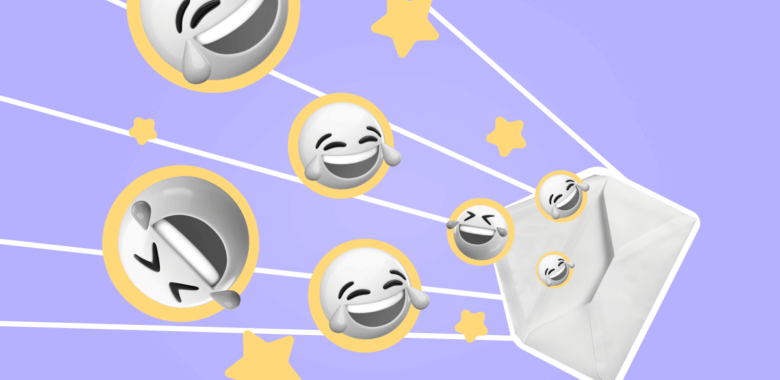Subscribe to FWD: by Selzy — our biweekly newsletter full of clever ideas, tips, and inspiration. Plus, get an email list-building guide as a bonus!
Why use humor in your email marketing
From a general perspective, funny emails go against making informative and clear content, so you might wonder why even use those. Here are some research-backed reasons why you should at least consider making jokes in emails from your business:
- Humor makes your company likable. In fact, 91% of people prefer brands to be funny. This number is even higher for Gen Z and Millennials.
- Humorous content helps customers relate to your business. 19% of people feel emotionally connected to a business thanks to clever/funny marketing.
- Funny marketing campaigns make customers remember you more. 90% of people say they are more likely to retain funny ads. This, in turn, increases brand recognition and conversions.
Jokes aren’t only for April Fools’ email ideas, they can be effective year-round. Wondering what emails would benefit from a humorous tone? Keep reading, and we’ll show you some hilarious examples.























